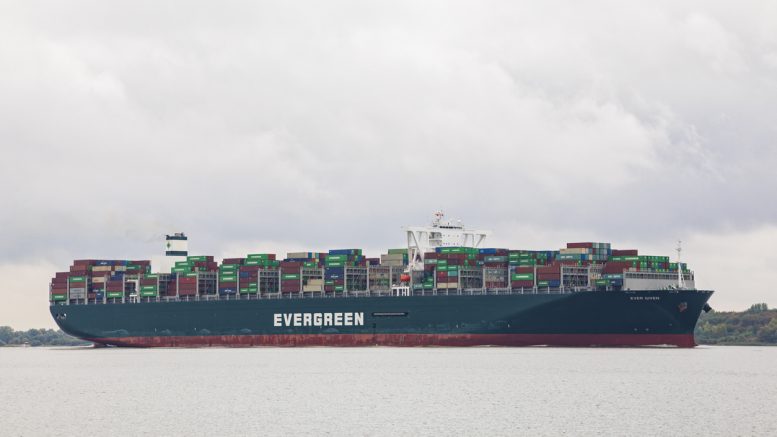At midday on April 10, a 41-round Death Gun Salute was fired across the U.K. to mark the passing of Prince Philip, Duke of Edinburgh.
We are accustomed to gun salutes in London. As well as for royal births, the birthdays of Prince Philip and the Prince of Wales, the opening and closing of parliamentary sessions, and for State visits, guns are fired to celebrate anniversaries of Queen Elizabeth II’s accession to the throne (aged 25 on February 6, 1952), coronation (June 2, 1953), and her real and official birthdays (April 21, 1926 and the second Saturday in June).
These salutes using guns are not to be confused with the ceremonial firing of three volleys of rifle fire at funerals, often by seven soldiers. This custom originates from medieval wars in Europe, when three shots were fired into the air to signal that the battlefield had been cleared of the dead and wounded.
In England, the birthday of a sovereign has been marked since 1748 (for King George II), but in 1908 Edward VII moved the ceremony from his actual birthday (November 9) to the summer in the hope of good weather. In Canada, the sovereign’s birthday has been observed since 1845, and in 1957 the official celebration was fixed as the last Monday before May 25.
The English have been firing artillery salutes since soon after our first use of cannons (in 1327 against the Scots). This medieval practice can be traced to earlier acts of submission or welcome, including the lifting of a visor with the sword hand (eventually becoming a salute), and the lowering of weapons or sails.
By the late 16th century, navy tradition demanded that a ship visiting a foreign port would discharge all its guns to show peaceful intent. The British navy developed the custom of a seven-gun discharge because the smaller vessels only had that many cannons.
Because of the greater quantities of gunpowder stored on land, forts typically fired three rounds in response to every round fired at sea. Eventually, with larger ships and the improvement in naval gunpowder, the honours rendered at sea also increased, and the 21-gun salute became the international standard.
Rather than measuring the number of guns, it is now the rounds fired, and that number depends upon the place and occasion. Although the standard salute remains 21 rounds, 20 shots are added when the salute is given from a royal park or fortress, and another 21 if it is from within the square-mile boundary of the City of London. Accordingly, a 124-round salute was fired from the Tower of London when the Duke’s birthday (June 10) and the official birthday of the Queen were on the same day.
While size clearly matters in gun salutes, we had a graphic reminder recently that it is also important in shipping. At the end of March, a 400 metre, 220,000 tonne container ship, the Ever Given, became wedged in the Suez Canal for almost a week.
Container ships are the work-horses of the global economy, carrying about 90% of non-bulk cargo worldwide. Driven by the need to reduce unit transport costs, the average size of these ships has doubled over the past 20 years, and the largest vessels have tripled, reducing the cost of transporting containers by one-third. The Ever Given was carrying 23,000 TEUs (20-foot equivalent units).
There is extensive academic literature on the optimal ship size. Transport costs per TEU generally decrease with vessel size, whereas handling costs per TEU increase. Six years ago the International Transport Forum at the Organisation for Economic Co-operation and Development warned about the rising supply chain risks associated with these bigger container ships.
The OECD’s concern centred on the insurability of mega-ships and the cost of potential salvage in case of accidents. Mega-ships also lead to higher infrastructure costs, service and cargo concentration, reduced choice and supply-chain risk.
Sound familiar?
Much mining equipment could already have reached an optimum size, and certainly only a few mines can accommodate the latest mega-size dump trucks. Like ships, the economies of scale might work for a mine’s direct transport, digging, drilling and storage costs, but this is offset by the reduced flexibility, greater operational risk, and higher training, servicing and infrastructure costs of ever larger equipment.
The size equation is even more complicated for the operations themselves. For miners, the optimum extraction capacity is determined by the deposit size and configuration, mine plan and logistical constraints, the available market for the product and the net present value calculations. As a generalisation, larger and shorter is better.
Local stakeholders, in contrast, will be focussed on a new mine’s environmental disturbance, long-term employment prospects and the sustainable development of regional businesses. In general, for them, smaller and longer is better.
The adjudicator, of course, is the relevant government through the planning process. It hardly requires the wisdom of Solomon but officials need to be careful when balancing the scenarios for a venture that ought to be beneficial to everyone. As a new mine is being steered down its narrow financial channel, there is a danger of it becoming wedged between the opposing banks of corporate optimisation and public expectation.
— Dr. Chris Hinde is a mining engineer and the director of Pick and Pen Ltd., a U.K.-based consulting firm he set up in 2018 specializing in mining industry trends. He previously worked for S&P Global Market Intelligence’s Metals and Mining division.


Be the first to comment on "The View from England: For gun salutes, container ships, mining equipment and mines, size matters"